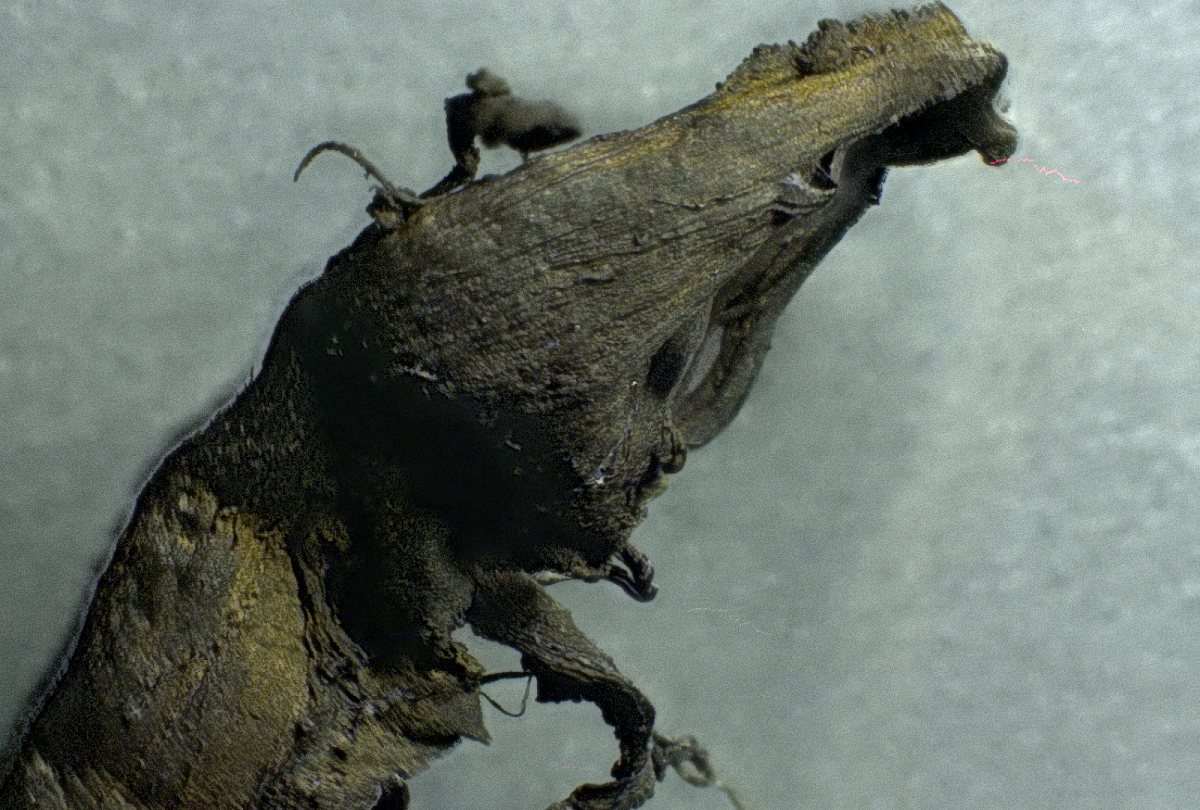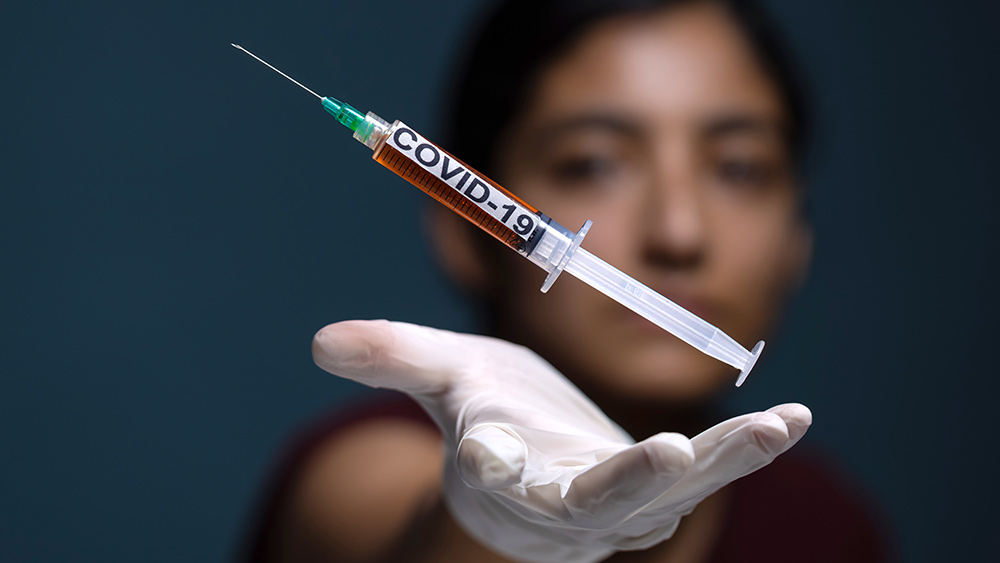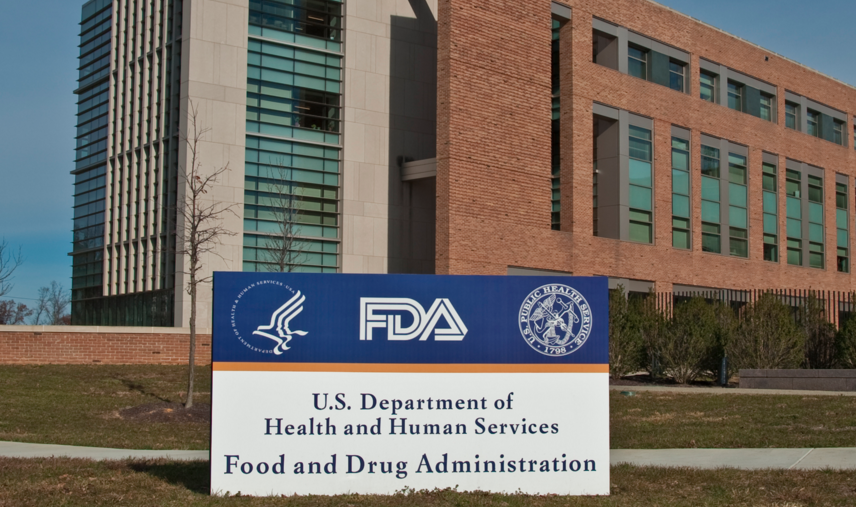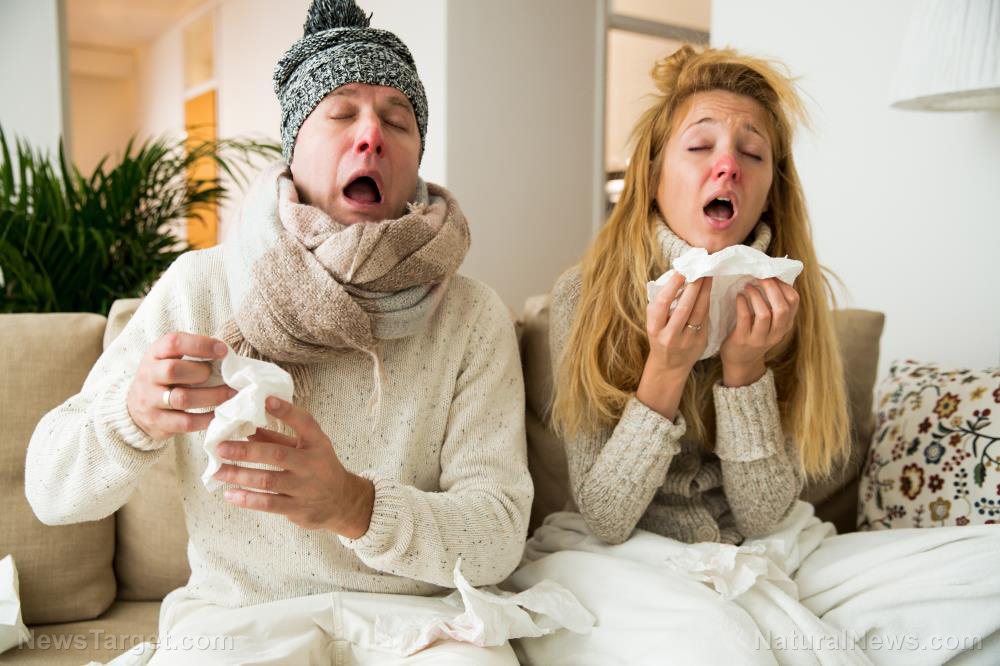CDC to suspend data collection for 2020-2021 flu season amid rising COVID-19 deaths, causing all flu deaths to be counted as “covid deaths”
12/14/2020 / By Divina Ramirez
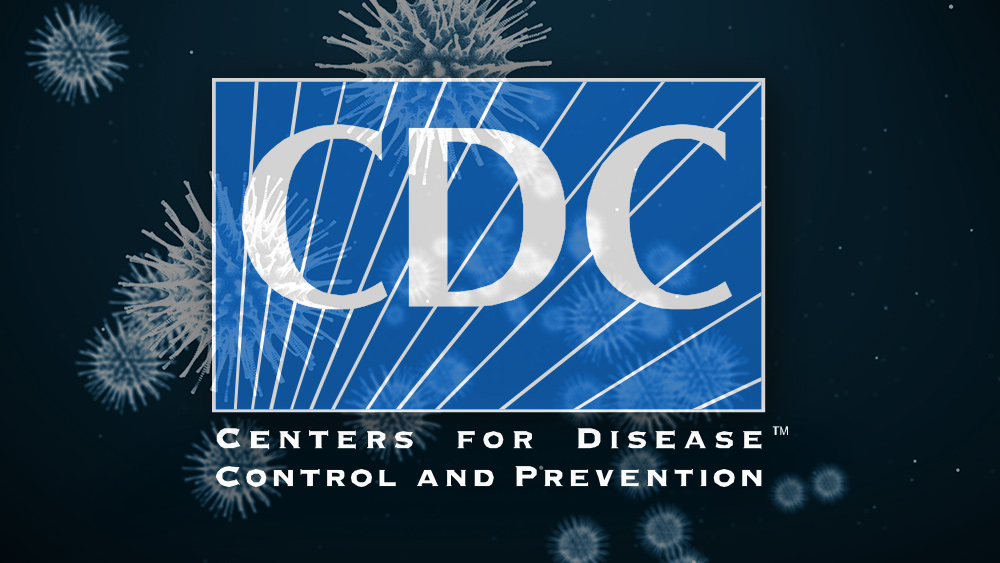
Governments worldwide have had all hands on deck since the pandemic broke out in March. Scientists, health experts and entire agencies are directing their attention to controlling the transmission of the coronavirus.
In fact, the Centers for Disease Control and Prevention (CDC) even announced in October that it will suspend data collection for the 2020-2021 flu season due to the ongoing pandemic.
True enough, the agency’s COVIDView, their weekly surveillance of COVID-19 activity in the U.S., is providing more detailed updates than FluView, their weekly influenza surveillance report, despite it being flu season.
But while basic data collection for the flu season is still ongoing, the CDC’s projected suspension raises several concerns. For instance, health authorities could be counting flu cases, which are expected to be lower this year, as COVID-19 cases. Deaths from the flu could be counted alongside those from COVID-19 as well.
Experts also noted a trend that has persisted since the pandemic began: as COVID-19 cases go up, flu cases go down.
Flu or COVID-19?
Most of the people who die from COVID-19 are those with preexisting health conditions or comorbidities. But people who tested positive for COVID-19 and died later on, whether due to COVID-19 or not, are also counted as official COVID-19 deaths.
One thing that could explain this haphazard counting of COVID-19 deaths is the fact that hospitals in the U.S. get reimbursed for COVID-19-related care, which includes deaths, because of the Coronavirus Aid, Relief and, and Economic Security (CARES) Act.

But according to David Holcombe, medical director at the Louisiana Department of Health, that money is not for the hospitals’ use. Rather, it protects patients from being left with a large hospital bill. Holcombe also said that the official number of COVID-19 deaths is underestimated, not overestimated.
But other practitioners and health experts dispute this claim. Nick Coatsworth, an infectious disease specialist and one of Australia’s Deputy Chief Medical Officers, said that determining the cause of death is complex.
“I remember as a junior doctor trying to do death certificates – it’s not always an easy thing.”
State senator and physician investigated for questioning COVID-19 deaths
Some government authorities and health experts have been questioning the legitimacy of the official numbers of COVID-19 deaths in the U.S. since President Donald Trump signed the CARES Act into law in March.
But such inquiries have so far been met with criticism and intolerance. In late June, for example, the Board of Medical Practice in Minnesota investigated State Sen. Scott Jensen. Jensen, who is also a family physician, had his medical license placed under review as well. (Related: Minnesota doctor decries censorship, says he is under investigation for COVID-19 opinions.)
Jensen was accused of reckless advice for his “willingness to compare COVID-19 to influenza outbreaks.” The board also claimed that Jensen was spreading misinformation about how COVID-19 death certificates were being categorized. The investigation was dismissed not a month later.
More transparent approach needed
Meanwhile, Marc Trabsky and Courtney Hempton of La Trobe University and Deakin University in Australia, respectively, said that good public health engagement hinges on transparent reporting of COVID-19 deaths. If health authorities fail to distinguish between people who died from COVID-19 and those who only died with it, they make it difficult for the public to understand the true impact of the disease.
Therefore, making that distinction could help the public better understand the impact of COVID-19, as well as inform clinical responses to the pandemic.
Plus, if health authorities know who is susceptible to dying from COVID-19, then they might be able to protect vulnerable groups and communities better, added Trabsky and Hempton. Until then, governments need more transparent reporting about what is being counted as an official COVID-19 death.
Read the latest updates about the coronavirus pandemic at Pandemic.news.
Sources include:
Submit a correction >>
Tagged Under:
CDC, coronavirus, covid-19, COVID-19 deaths, freedom, government, health freedom, Liberty, outbreak, pandemic, propaganda
This article may contain statements that reflect the opinion of the author








